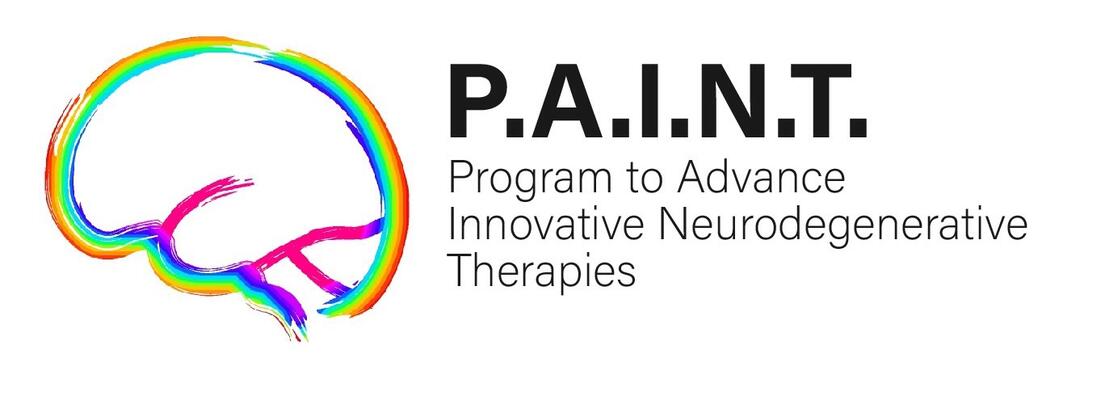Abstract
BACKGROUND: In the present study we assessed the protective effects of a pharmacological approach to stabilize the retromer complex in a PD mouse model. Missense mutations in the VPS35 gene are a rare cause of familial PD. The VPS35 protein is a subunit of the retromer cargo recognition complex and has a variety of functions within neurons, many of which are potentially relevant for the pathophysiology of PD. Prior studies have revealed a role for the retromer complex in controlling accumulation and clearance of α-synuclein aggregates. We previously identified an aminoguanidine hydrazone, 1,3 phenyl bis guanylhydrazone (compound 2a), as a pharmacological stabilizer of the retromer complex that increases retromer subunit protein levels and function.
METHODS: Here, we validate the efficacy of 2a in protecting against αSynuclein pathology and dopaminergic neuronal degeneration in a PD mouse model generated by unilateral injection of AAV-A53T-αSynuclein in the substantia nigra.
RESULTS: Daily intraperitoneal administration of 2a at 10 mg/Kg for 100 days led to robust protection against behavioral deficits, dopaminergic neuronal loss and loss of striatal dopaminergic fibers and striatal monoamines. Treatment with 2a activated αSynuclein degradation pathways in the SN and led to significant reductions in aggregates and pathological αSynuclein.
CONCLUSION: These data suggest retromer stabilization as a promising therapeutic strategy for Parkinson's disease leading to neuroprotection of dopaminergic neurons and rescue in the accumulation of pathological and aggregates αSynuclein. We identified 2a compound as potential clinical drug candidate for future testing in Parkinson's disease patients.
PubMed


